If you know someone who needs long-term intravenous therapy, you may have heard of midline catheters and peripherally inserted central venous catheter (PICC). Both of these devices are used to deliver medication or fluids directly into the bloodstream.
While they may seem similar, there are some significant differences between midline catheters and PICC lines.
A midline catheter is a type of intravenous catheter that is inserted into a vein in the upper arm and threaded through to the larger veins near the heart. Unlike a PICC line, a midline catheter doesn't extend all the way to the superior vena cava, a large vein that enters the heart. Instead, it terminates in the upper third of the axillary vein. This makes it a good option for patients who require IV therapy for a longer period but don't need as much access as a PICC line can provide.

Midline Catheter Kit
Advantages of Midline Catheters
● Midline catheters are less invasive than PICC lines, which means that they typically have fewer complications.
● They can stay in place for up to six weeks, making them a good option for patients who need IV therapy for an extended period.
● They're easy to insert and don't require a radiologist or surgeon, so they can be placed quickly and easily at the bedside.
● Midline catheters are a good option for patients who require IV therapy but have small veins that aren't suitable for PICC lines.
A PICC line is a long, thin tube that is inserted through a vein in the arm and threaded through to the larger veins near the heart. Unlike a midline catheter, a PICC line extends all the way to the superior vena cava. This makes it a good option for patients who require long-term IV therapy or need to receive medications or nutrition that can't be administered through a midline catheter.
.jpg)
Peripherally Inserted Central Venous Catheter (PICC)
Advantages of PICC Lines
● PICC lines can stay in place for several months, making them a good option for patients who require long-term IV therapy.
● They can be used to administer a wide range of medications and fluids, including chemotherapy drugs, TPN, and blood products.
● PICC lines can also be used for drawing blood, which can reduce the need for repeated needle sticks.
Which Is Right for the Patient?
The decision between a midline catheter kit and a PICC line will depend on patients' individual needs and circumstances. In general, a midline catheter is a good option for patients who require IV therapy for an extended period but don't need as much access as a PICC line can provide. On the other hand, a PICC line is a good option for patients who require long-term IV therapy, need to receive medications that can't be administered through a midline catheter, or require frequent blood draws.
When deciding between a midline catheter and a PICC line, it's important to consider several factors:
Medical Condition
Patients' medical conditions and the type of treatment they require will play a significant role in determining whether a midline catheter or a PICC line is right for you. For example, if the patient requires frequent blood draws, a PICC line may be a better option.
Therapy Duration
A patient's treatment duration will also play a role in determining which device is right for the patient. If only a few weeks of IV therapy is required, a midline catheter may be a good option for the patient. However, if the patient requires long-term treatment, the PICC line may be more appropriate.
Mobility Level
When the patient is very active and needs to move around a lot, a midline catheter may be a better choice because it is less invasive and does not require as much care as a PICC catheter. However, if the patient is bedridden or has limited mobility, the PICC line may be more convenient because it can stay in place for several months.
Veins
The size and condition of the vein can also affect determining which device is better for the patient. If your veins are small or fragile, a midline catheter may be a better option because it is less invasive. However, if you have larger and thicker veins, a PICC line may be a better fit.
In conclusion, both midline catheters and PICC lines have their advantages and disadvantages.
When deciding between the two, it's important to consider your medical condition, the duration of your therapy, your level of mobility, and the size and condition of your veins.
Doctors and nurses can help you determine which device is right for you and provide guidance on how to care for it properly. With the right care and maintenance, both midline catheters and PICC lines can provide safe and effective IV therapy for those who need it.

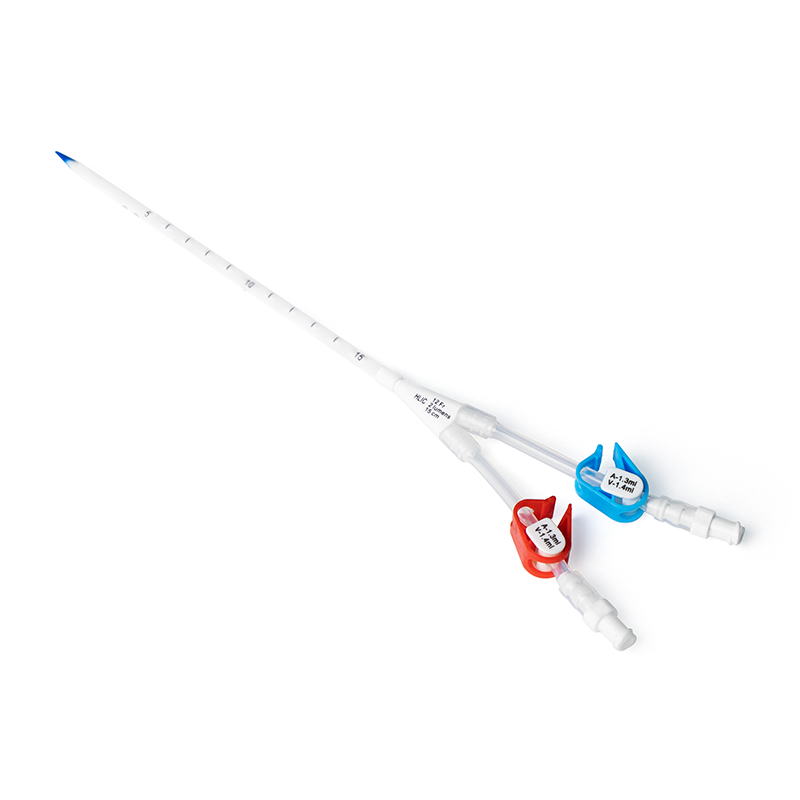
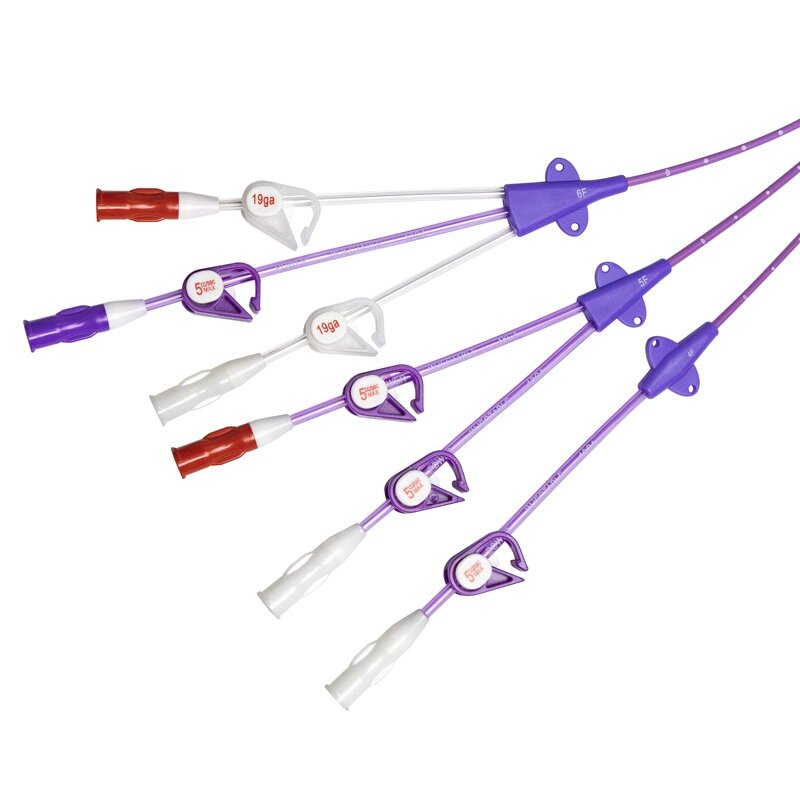
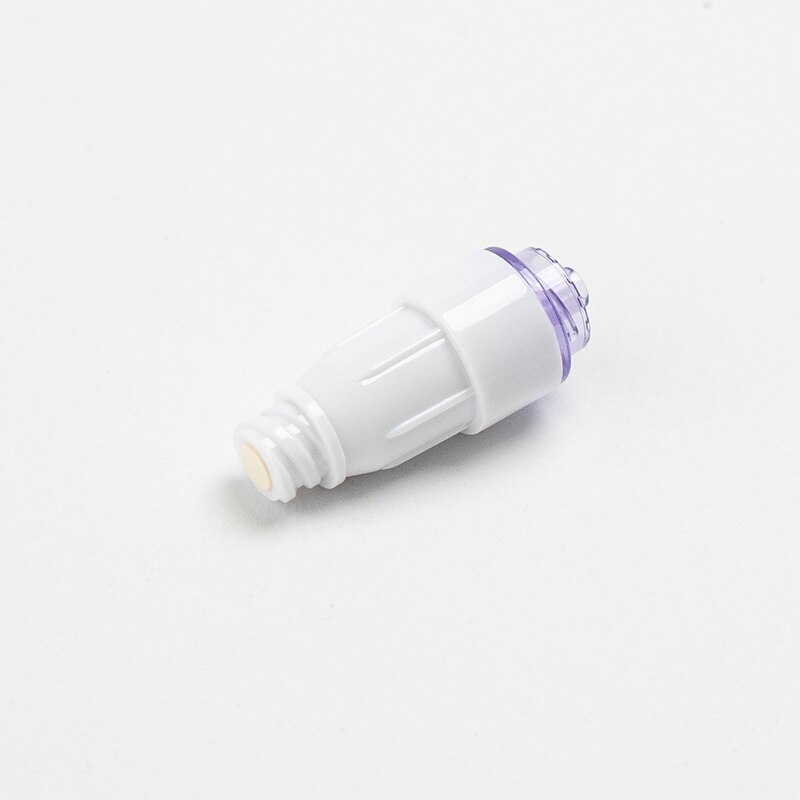
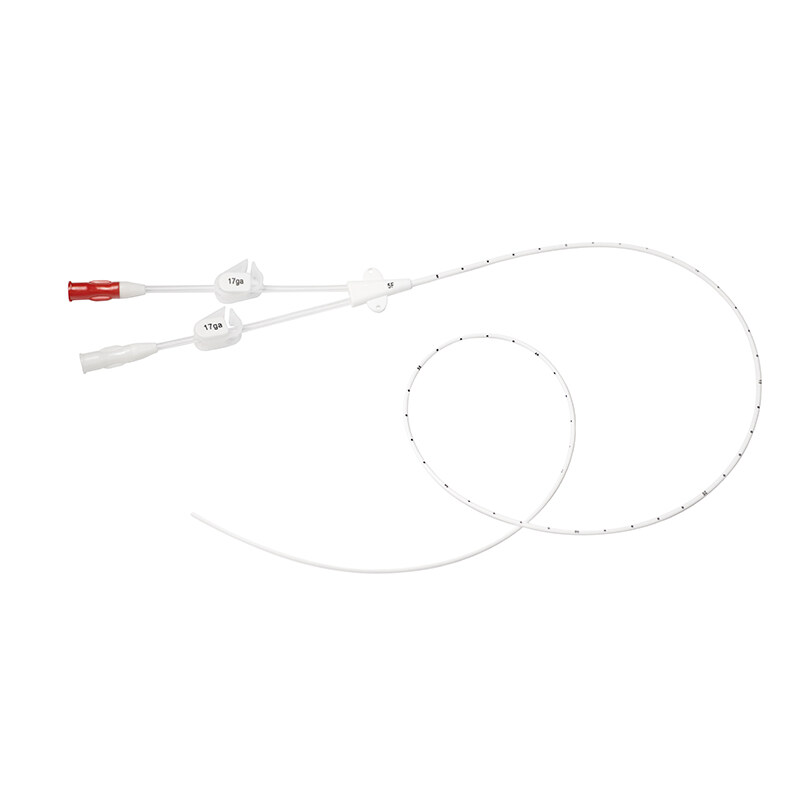
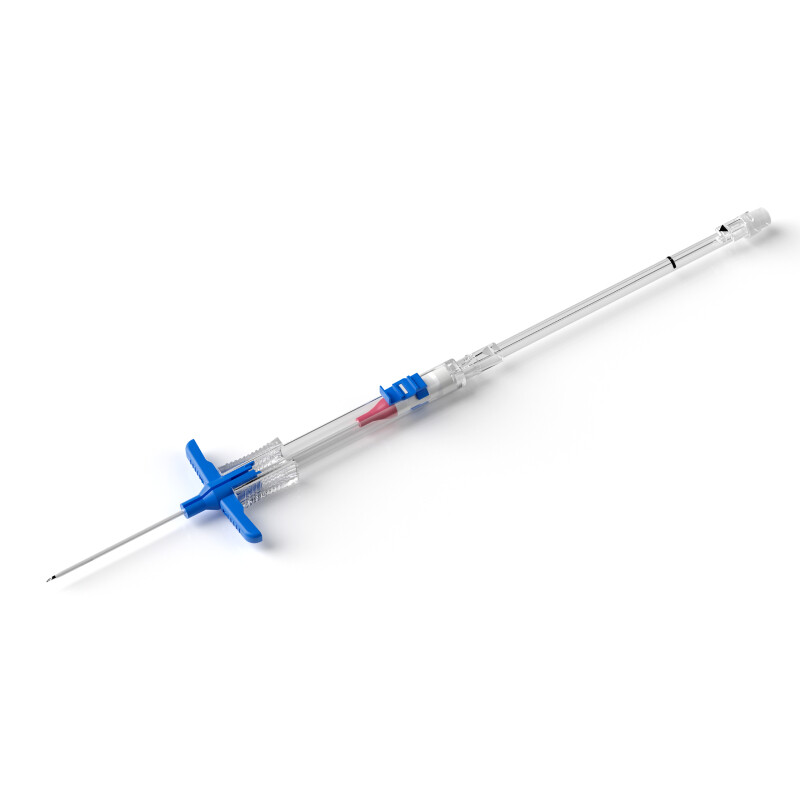

.jpg)